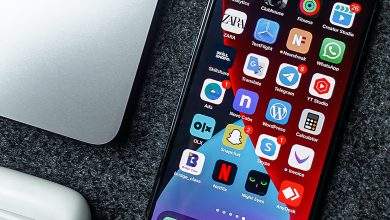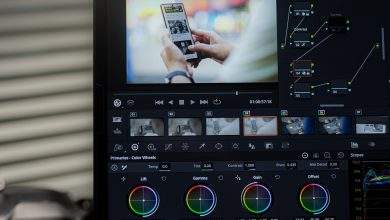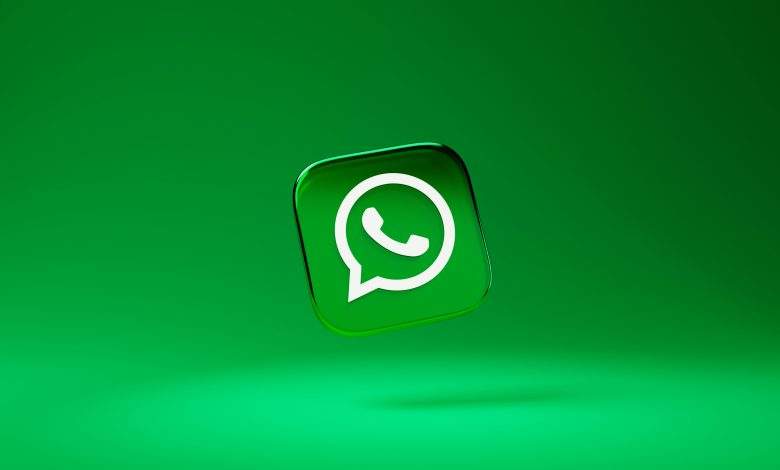
Why do people use LINE instead of WhatsApp?
In a world dominated by messaging apps like WhatsApp, one Asian powerhouse has quietly built its empire: LINE. With its quirky stickers, customizable themes, and unique features, LINE has captured the hearts of millions worldwide. But why do people choose Line over the more popular WhatsApp? Is it simply a matter of preference or is there something deeper at play? Join us as we delve into the fascinating world of messaging apps and uncover the hidden reasons behind LINE’s rising popularity in this digital age.
Introduction: Messaging apps comparison
When it comes to messaging apps, the choices seem endless, but two names that often stand out in the comparison are LINE and WhatsApp. Both apps offer similar features such as text messaging, voice calls, video calls, and the ability to share media files. However, what sets them apart is their user base and unique functionalities. LINE is popular in countries like Japan, Taiwan, and Thailand due to its culturally tailored stickers and emojis that resonate with local users. On the other hand, WhatsApp has a larger global user base with over 2 billion active users worldwide.
One interesting aspect to consider in this comparison is the privacy concerns surrounding these messaging apps. WhatsApp has faced backlash for its data sharing practices with its parent company Facebook, leading many users to seek alternatives like LINE for a more secure communication experience. Additionally, LINE’s focus on privacy features such as end-to-end encryption and self-destructing messages may attract users who prioritize confidentiality in their conversations. Ultimately, the choice between LINE and WhatsApp boils down to personal preferences – whether it’s cultural relevance through stickers or privacy assurances that guide one’s decision-making process when selecting a messaging app.
![]()
Interface: LINE’s user-friendly design
LINE’s user-friendly interface has been a key factor in its popularity among users worldwide. The app seamlessly combines simplicity with functionality, offering a visually appealing design that is easy to navigate and understand even for first-time users. From the sleek chat interface to the intuitive features like stickers and emojis, LINE prioritizes user experience at every touchpoint.
One standout feature of LINE’s design is its customization options, allowing users to personalize their chats with themes, wallpapers, and stickers. This level of personalization not only enhances user engagement but also creates a sense of ownership and familiarity within the app. Additionally, the clean layout of LINE makes it effortless to access various features such as group chats, voice calls, and timeline updates without feeling overwhelmed by cluttered menus or complicated navigation pathways.
Features: Stickers, games, and more on LINE
LINE offers a plethora of features that set it apart from traditional messaging apps like WhatsApp. The app’s sticker collection is a standout feature, allowing users to express themselves in colorful and fun ways. From cute animals to quirky characters, LINE offers a vast selection of stickers that add personality to conversations.
In addition to stickers, LINE also boasts a variety of interactive games that can be played within the app. This feature not only provides entertainment for users but also allows them to connect with friends in a more engaging way. By offering both casual and competitive games, LINE creates a more immersive social experience for its users.
Furthermore, LINE includes additional features such as customizable themes and unique chat backgrounds, allowing users to personalize their messaging experience. These small touches contribute to making the app feel more personalized and tailored to individual preferences. Overall, these diverse features make LINE not just a messaging app but a platform for creativity and connection.
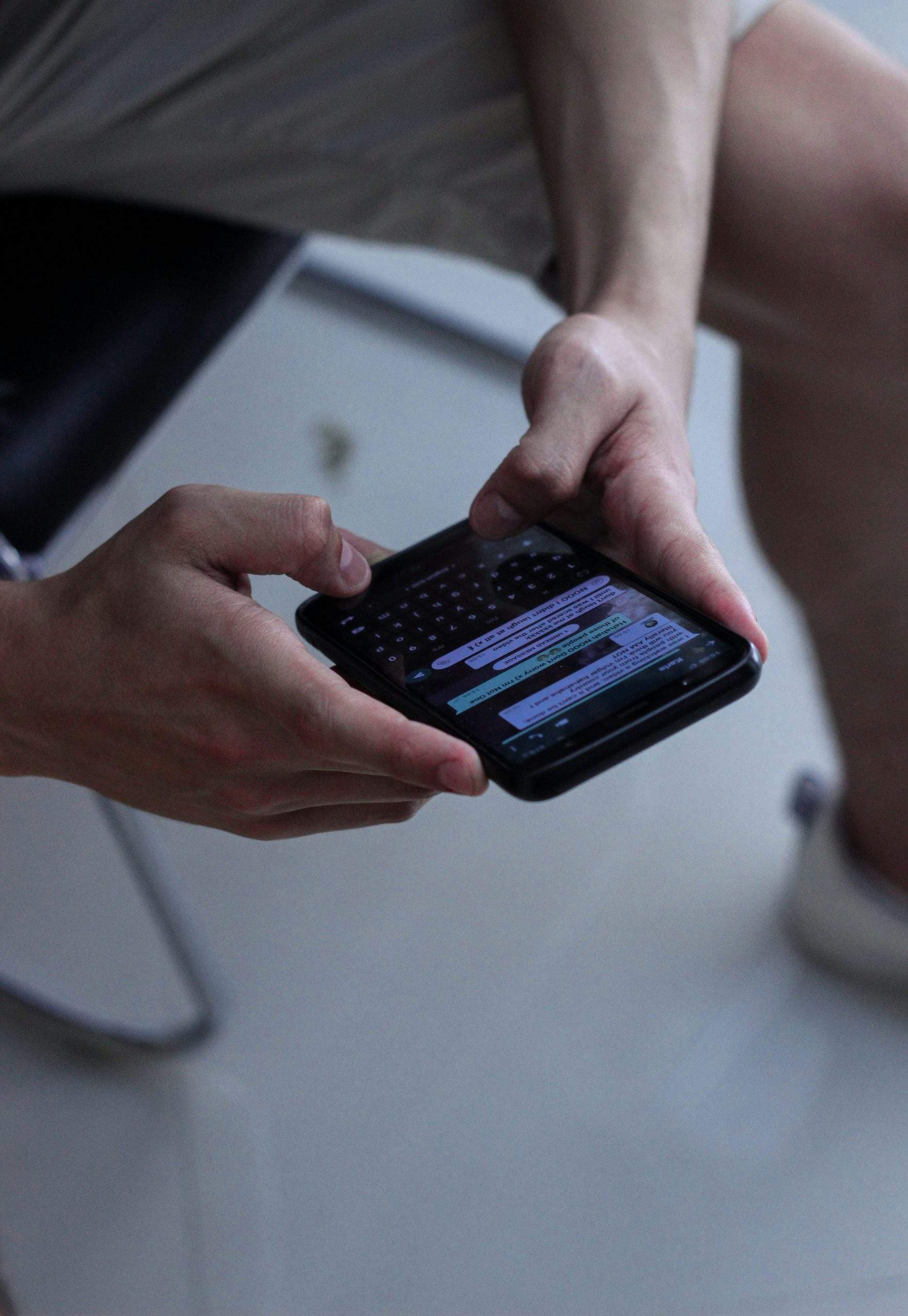
Privacy: Concerns over WhatsApp data sharing
With recent controversies surrounding WhatsApp’s data sharing practices, many users have expressed significant concerns regarding their privacy. The decision to share user data with its parent company, Facebook, has raised red flags for individuals worried about how their information is used and who has access to it. This move has fueled the debate on digital privacy and the extent to which tech companies should be allowed to collect and distribute user data without explicit consent.
The implications of this data sharing are far-reaching, as it brings into question the trust users place in messaging platforms to protect their personal information. With increasing awareness of online privacy issues, more users are turning towards alternative messaging apps that prioritize security and data protection. LINE, among other messaging platforms, has gained popularity for its strong encryption protocols and commitment to keeping user data secure from third-party access. As the landscape of digital communication evolves, individuals are becoming more conscious of the repercussions of relinquishing control over their private information in exchange for convenience and connectivity.
Cultural Preferences: LINE’s popularity in Asia
LINE’s popularity in Asia can be attributed to its unique approach to cultural preferences in the region. With features such as stickers, themes, and games that cater specifically to Asian tastes, LINE has successfully established itself as a preferred messaging platform in countries like Japan and South Korea. The emphasis on cute characters and colorful designs resonates with the preference for visual communication styles prevalent in these cultures.
Furthermore, LINE’s integration of local partnerships and collaborations has further solidified its appeal among Asian users. By teaming up with popular local brands and celebrities, LINE is able to create a sense of familiarity and relevance that resonates with its target audience. This localized approach sets LINE apart from other messaging apps like WhatsApp, which may not have the same level of culturally tailored content available.
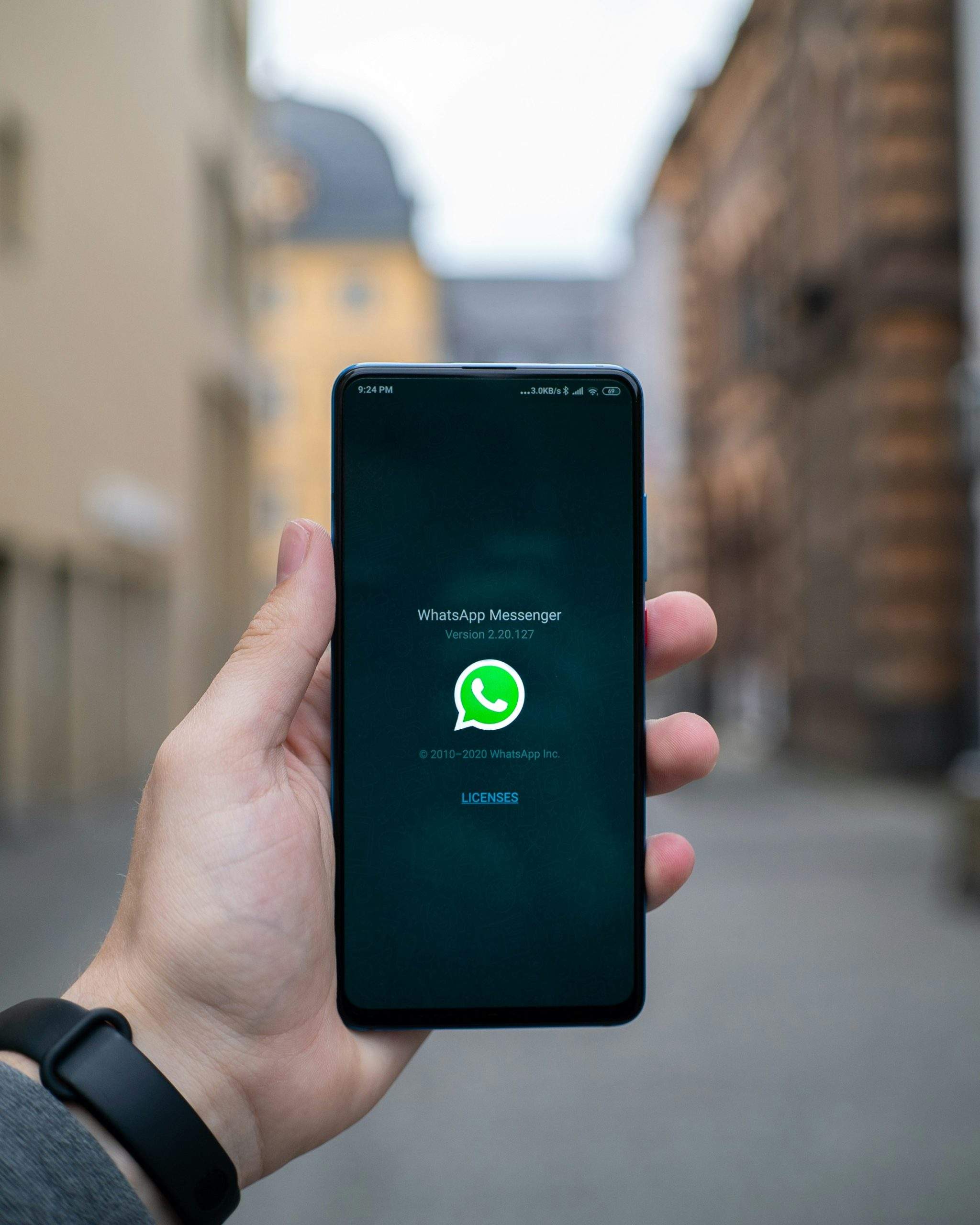
Business Usage: LINE’s integration with commerce
LINE’s integration with commerce has revolutionized the way businesses interact with customers. By seamlessly blending messaging and shopping functionalities, businesses can now provide a unique and personalized shopping experience directly through the LINE app. This integration allows for efficient customer service, order placement, and even payment processing all within the chat interface, streamlining the entire buying process.
With LINE’s extensive user base and popularity in Asian markets, businesses have found a goldmine of potential customers to tap into. The ability to reach out to millions of users through targeted promotions and advertisements on LINE makes it an attractive platform for e-commerce ventures looking to expand their customer base. Moreover, the convenience of conducting transactions within a messaging app reduces friction for consumers, leading to increased conversion rates and higher customer satisfaction levels.
Conclusion: Factors influencing messaging app choice
In conclusion, the factors influencing messaging app choice are multifaceted and often personal. While features such as security, user interface, and reliability play a significant role in decision-making, social and cultural influences cannot be overlooked. The design aesthetic of an app or the communities that use it can be major draws for users seeking a platform that aligns with their preferences.
Moreover, regional differences also affect the popularity of messaging apps; certain platforms may dominate in specific geographical areas due to marketing strategies or partnerships with local businesses. Ultimately, the choice between LINE and WhatsApp reflects not only functional considerations but also deeper emotional connections that users form with their preferred communication tool. By understanding these factors more deeply, we can gain valuable insights into the diverse landscape of messaging app usage around the world.
